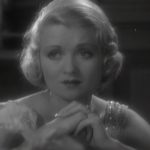 |
 |
 |
| Valerie West Constance Bennett |
John Neville Joel McCrea |
Dick Carmedon Lew Cody |
| Released by RKO Pathe | Directed by Paul L. Stein Run time: 74 minutes |
||
Proof That It’s a Pre-Code Film
- A woman has a past.
- On seeing his model nude for the first time, John declares: “You’re perfect! Even better than I’d imagined!” He adds, “You know, you should never wear clothes!”
- When pal Sam discovers his friend is marrying Valerie, he asks, “John, you don’t have to marry her, do ya? Or is this one of those military weddings with the dad bringing up the artillery?”
The Common Law: To Have and To Own
“The commonness of all this is outside my experience!”
It’s not easy being beautiful. Constance Bennett’s large, mournful eyes convey that through several states of undress and in some fantastic outerwear, too, in The Common Law. Said law is not very beneficial to the female sex, as we’re reminded again that it’s not who you sleep with, it’s whether or not you’re a woman.
After falling out with her lover, Dick, Valerie West heads to Paris to make a living the only way she knows how: with her body. She becomes an artist’s model, yes, one of those ones who pose and everything. Her first assignment is with John Neville, a rich kid who came to Paris to join in on the boheme attitude. Unfortunately, his conventions remain with his home country (has he never heard any rumors about artist’s models?!), and though he falls madly in love with Valerie, once he knows she used to be a kept woman, he spurns her. The two reconnect, but Valerie is reluctant to head to the altar– she wants to be sure they’re both sure. John is summoned back to the States to see to his father, who has been manipulated by his social climbing sister Constance (Hedda Hopper) in hopes of preventing John from marrying anyone so common. She’s also invited Dick along in order to tempt, or at least goad, Valerie into ending her romance with John.
This is another pre-Code about loose living that keeps the Victorian morals and smelling salts carefully on hand. While, early on, we get a scene of Bennett presenting herself nude to the art-focused McCrea, we’ve moved onto the mandatory pleasures of marriage and monogamy by the last reels. One has to imagine that if this was about Parisians in Paris, the same conclusions would not have been reached.
One weird thing about the film: it’s two movies rolled into one. The film’s first half has the traditional three act structure, and so does the second. It’s unusual, and a little off-putting; we do see the couple happily reconcile, but the movie is simply too short at that point. The second half is less interesting, because it’s clear that John has lost his doubts and Valerie’s own seem forced. While it is important for us to see John finally shed his emasculation by Dick.
So, yes, John takes Dick in his hands and furiously works him over, making everyone ecstatic. (I’m so sorry.)
This is a movie where the sheer attractiveness of the leads helps the weak script get along the finish line. Joel McCrea is featured in tuxedos throughout, and he looks startlingly young here. His dark locks and tall stature contrast beautifully with Bennett’s slinkiness. Bennett is delightfully restrained, with director Paul L. Stein cutting to her in close-up with regularity. (Check out the screenshots– she gets one at least every five minutes in the movie.) Her ability to portray timidity and a broken heart while still being a world-chewing debutante gives the film a frothy life. It makes the movie feel more complex than it really is.
The Common Law ends with marriage and a presumed level of happiness after both lovers have tested and found themselves to be true. The movie isn’t emotionally satisfying– you’re left wondering whether this will actually lead to any happiness with John’s Dick punch wears off some of the glow– but it’s a start. Really, this is a film where you emphasize with Valerie’s misery. You know that the time and place she lives in will never forgive her for what today is commonplace. It’s Valerie’s plight and Bennett’s skill that make The Common Law a seductive but sad echo from the past.
Screencap Gallery
Click to enlarge and browse. Please feel free to reuse with credit!
Other Reviews, Trivia, and Links
- Brian Kellow’s biography The Bennetts: An Acting Family, notes that The Common Law was a huge moneymaker for RKO at a time when they desperately needed them. It grossed over $700,000. He notes about the film:
On the surface, The Common Law is just another melodramatic woman’s film of the period, yet it also serves as a kind of road map to the sexual hypocrisies that prevailed at the time. Valerie’s body is her principal means of survival– both when she is kept by her wealthy lover and when she gets the job posing in the nude for John. But either way, Valerie is the loser.
- TCMDB notes the film’s own past:
Based on a novel by Robert W. Chambers, The Common Law had already been adapted twice for the screen. In 1916, Lewis J. Selznick (David O.s dad) produced a version starring Clara Kimball Young and Conway Tearle. Then in 1923, Myron Selznick (David O.’s brother) produced a version with Tearle reprising his leading man role. This third version was considered a choice role for lead actress Constance Bennett. The Common Law was the second of four pictures that Bennett and McCrea made together. Their first one, Born to Love (1931), came about after Connie overheard actress Marion Davies express interest in the young McCrea to her own sugar daddy, William Randolph Hearst. Bennett figured that if Marion Davies saw something in him, then maybe she should too.
- Mordaunt Hall in the New York Times gets pretty flowery over not really caring for it:
The Mayfair’s present screen child seems to be another salute to the mores of Paris—or, perhaps, to the censors who control the literary nourishment of Westchester. For, while art and life may go hand in hand along the banks of the Seine, on the Sound they can only take a speedboat to the nearest justice of the peace. The laws of the State of New York have long seemed to differ much from those of France, where young art students are not known by the company they keep, but their models.
- Angela at the Hollywood Revue liked the first half of the film, but had to admit the second half lost her interest.
- The alcoholic buddy Sam is played by Robert Williams. This is one of the seven films he made before he died from peritonitis, his most famous being Platinum Blonde.
- Just one other note: Bennett’s character at one point plays a joke on a French friend by suggesting that Dick, “thought the Germans won the late war.” The outraged response from her friend is a nice reminder how testy things still were on the continent.
Awards, Accolades & Availability
- This film is an obscure one. It’s RKO, so it does pop up on TCM every so often!
More Pre-Code to Explore




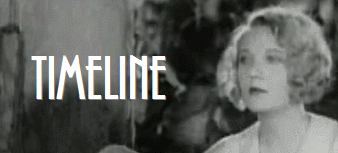


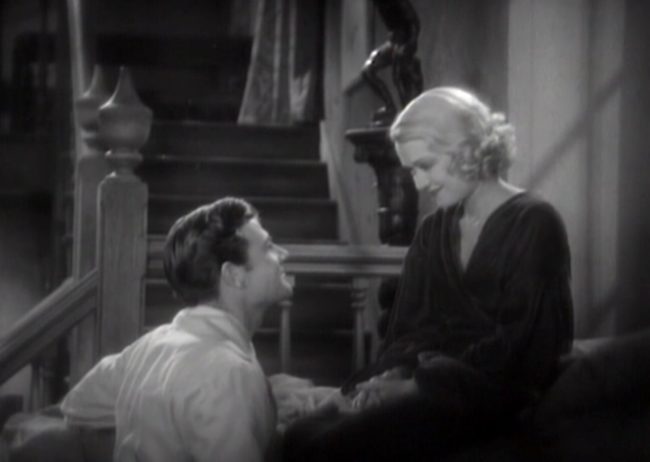
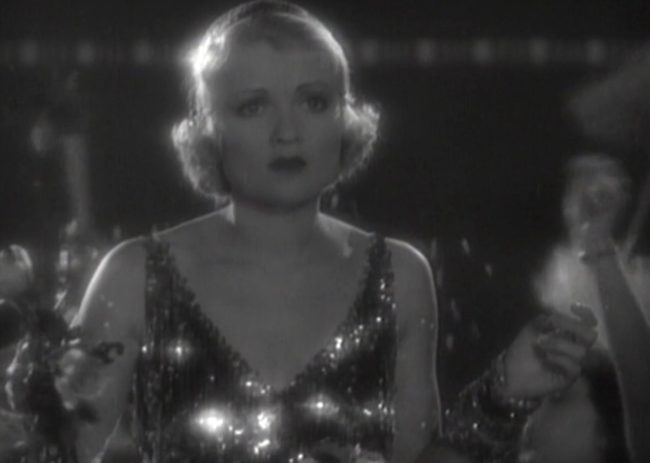
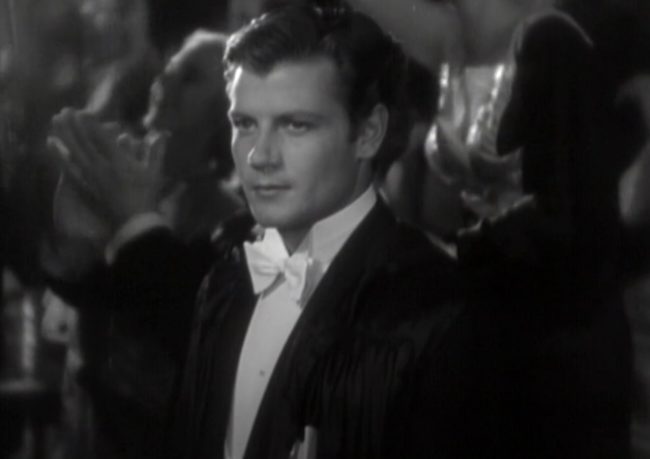


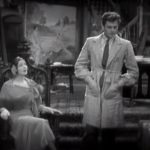

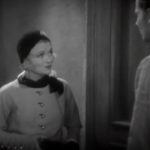

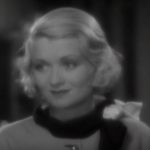





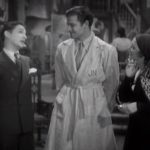










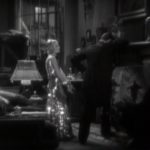



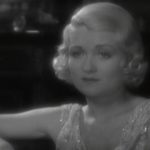





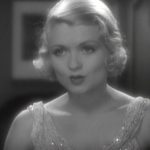
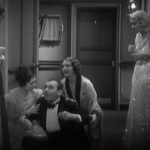
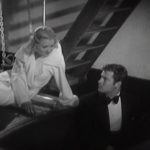



3 Comments
amycondit · July 28, 2017 at 2:31 pm
I’m sorry I missed this one. I was watching “Illicit” (1931) last night which had the same problem in holding up today: Victorian era morals celebrating the conventional joys of monogamy. I love pre-code Stanwyck, but it sounds similar to the morals emphasized in “The Common Law”. I enjoy McCrea from around this time–“The Most Dangerous Game” is a favorite. Even though it sounds like a disappointment, I hope to catch it sometime on TCM as a curiosity!
Thanks, Danny!
annavictorious · July 28, 2017 at 2:45 pm
Your “John takes Dick” scenario left me tittering.
DeniseW · July 29, 2017 at 8:35 am
Ah, Joel McCrea…be still my beating heart. He was just gorgeous in those days.
Comments are closed.